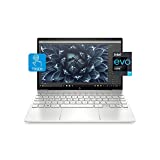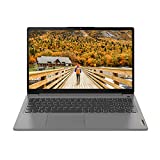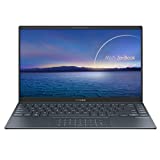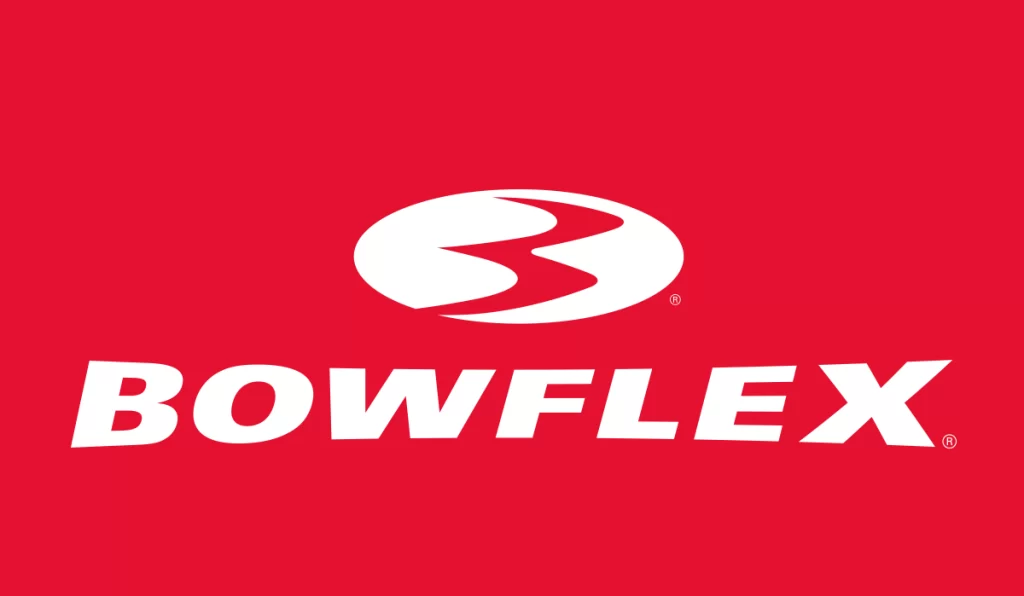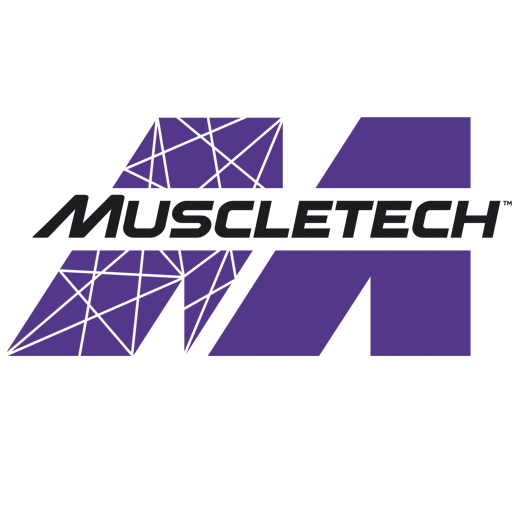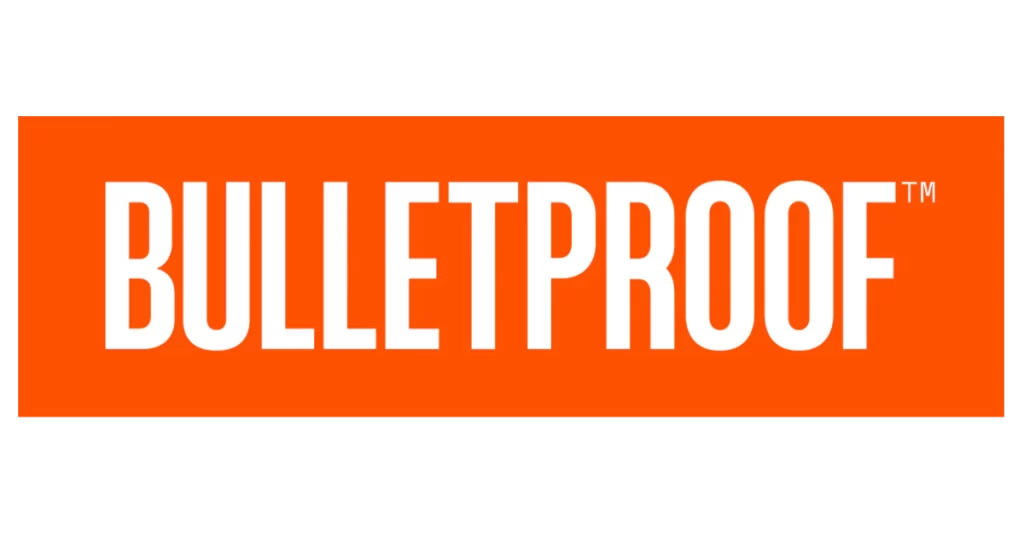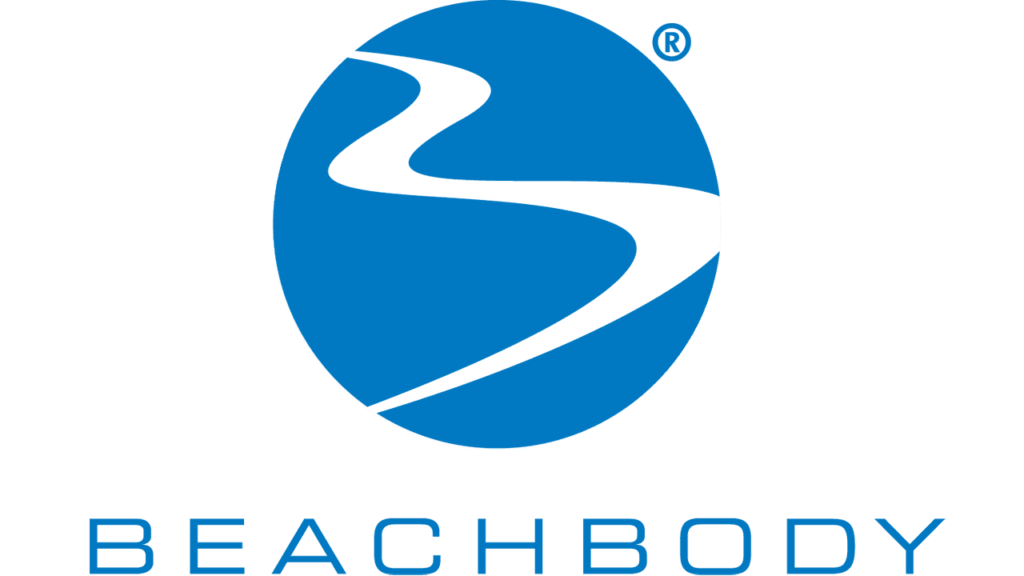· Introduction ·
When we look for a job, most of the time, we have to face the sad reality that before you are given the opportunity to prove that you are the right person for the job, you first have to go through a filter that is often unfair and that companies trying to optimize things have created an almost automated system to analyze prospects in the way they consider most efficient, regardless of whether or not they always find the best candidate.
Taking this into consideration, we have to take into account that our resume is our first impression. If we do not elaborate it in such a way that it manages to pass the first filters, we will never even make it to the interview.
In such a competitive market, a good resume definitely makes a difference between being able to get the job we are looking for or not, that is why we decided to make this guide to help you have a more professional resume.
Remember that there are people and companies dedicated to doing this job and that their experience can help you do a much better job than what we can do on our own, but if we don’t trust them or if we don’t have the budget to give them a chance, then keep reading.
Recommended Post: What Is It? And Should You Hire A Resume Writing Service?
· The hiring flow ·
In order to help optimize your resume as well as possible, we first need you to visualize the hiring process so that we also understand where we might need to pay more attention.
If you don’t wat to learn this an go directly to start building your Resume
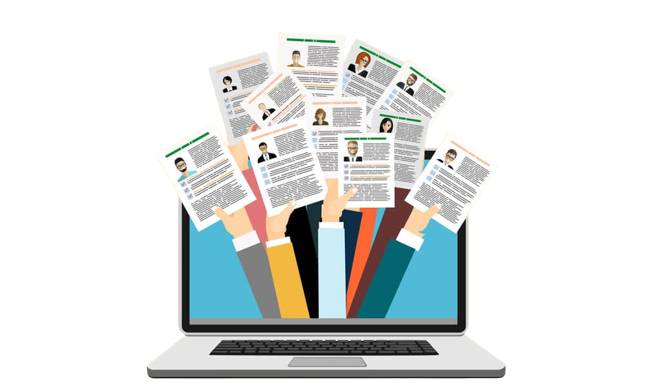
Depending on our expectations, we should always look for a position that is at least 30% above our current capabilities.
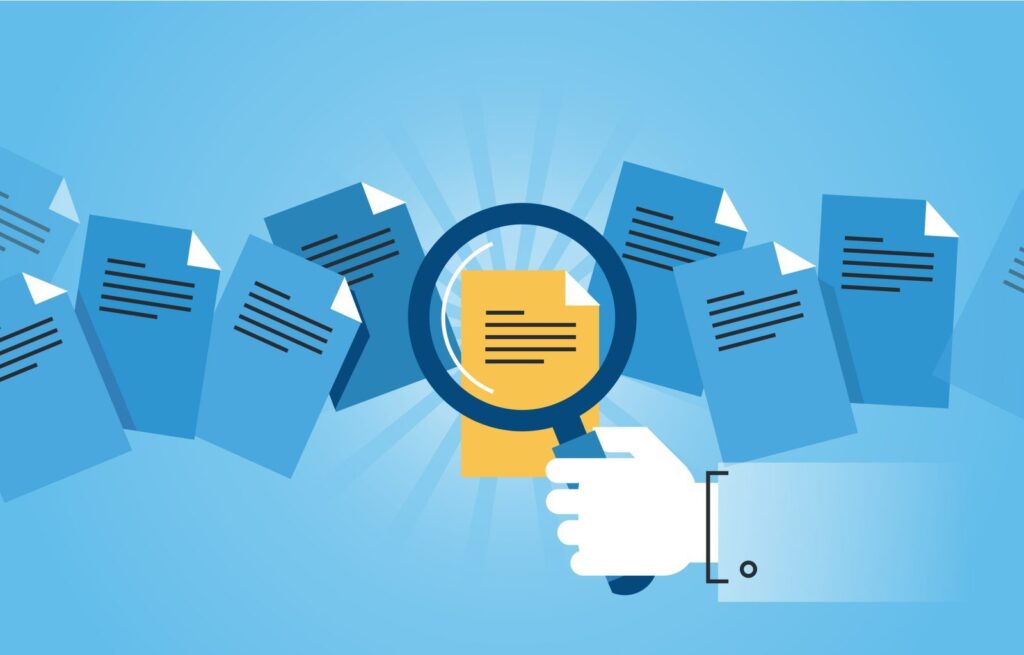
The famous ATS.
The applicant tracking system that reviews all applications before a person sees them. It discards at least 70% of the applicants.
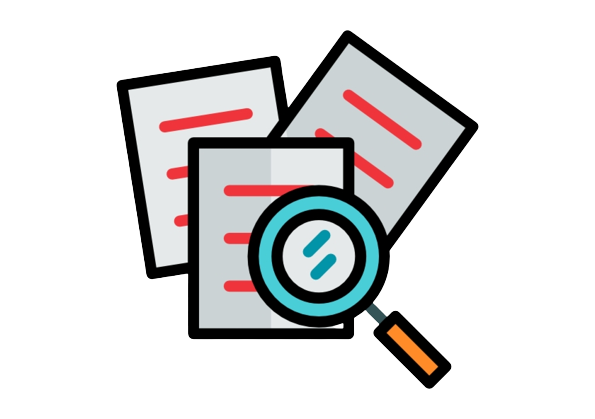
It is the moment in which the HR group reviews and reads the resumes that the ATS approved.
They normally discard at least half of the remaining applicants.
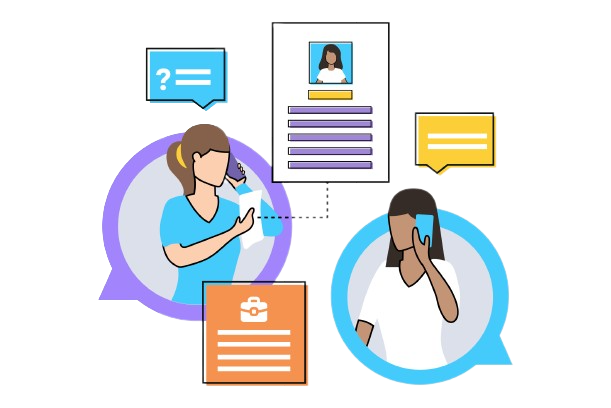
This meeting is held between HR and the manager of the area that is requesting the hiring of the position to share the results, give feedback and plan the first interview.
In some cases it includes a call to the candidate to meet him and schedule the appointment

Depending on the position we are applying for, we will normally have 1-3 interviews which are usually in person or by videoconference.
It may also include some practical tests.

After all the interviews, the company will analyze them and make a list of their 3 favorite candidates in order of preference.

This is the final stage of the process, where according to the list of candidates, the offer will be made in order and the contract will be negotiated.
If they are unsuccessful with the first one on the list, they will move on to the next one.
· The ATS ·
One of the main stages of the recruitment process is the ATS (applicant tracking system).
Many times it is difficult to beat and if we do not do it correctly, regardless of whether we are the ideal candidate for the job, we will not even have the opportunity to be interviewed.
Mainly the ATS does the following:
- Stores job candidate information like resumes, cover letters, references, and more.
- Tracks job candidates and their application status throughout the hiring flow.
- Filter candidates and recommends the “best” fit based on the parameters set by HR.
- Automates time-consuming administrative tasks.
The part that matters to us at this moment is how it filters the candidates, so here we present the…
Flow of the ATS:

The first rejection criteria used by the ATS are the knockout questions which are the minimum criteria for the position. For example:
- Are you willing to relocate?
- Are you willing to work full-time?
- Do you have X certification?
- Years of Experience
- Salary requirements
Regardless of your profile, if you do not meet any basic requirement, your resume will be rejected.

The system will search for the main keywords that appear in the title, subtitle and description of the job in your entire resume.
Depending on how much they appear and the place where they are located, they will give you a score.
Each recruiter assigns their ATS the minimum rating to move to the next filter

Now it will search for keywords that the recruiter has chosen and will give a second score to the resume.
These keywords do not always appear in the job description.
Each recruiter assigns their ATS the minimum rating to advance to the next step.

The system compares how well your resume matches the job description and will create a ranking of all resumes that made it here.
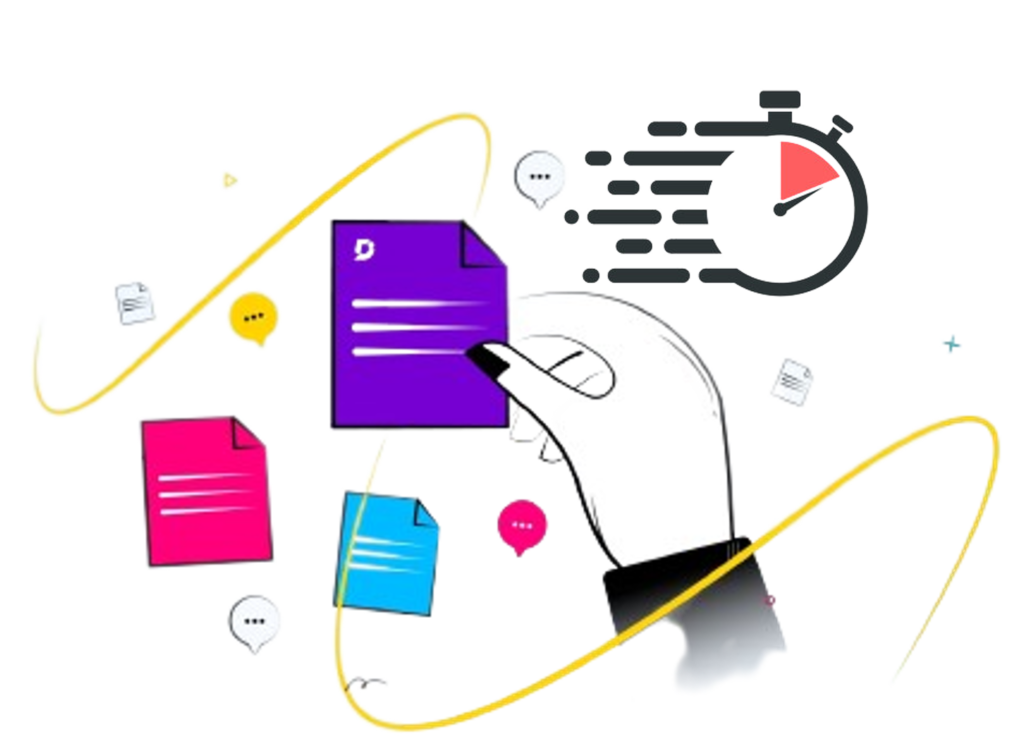
Depending on how many resumes the recruiter requested from the ATS, it will pass only the resumes that have been in the first positions.
The recruiter will look at each resume for an average of 7.4 seconds and only interview the ones that catch their eye.
· The Objective ·
As we could see, we now have a goal with two main objectives
Beat The ATS
As we could see in the ATS Flow, depending on the recruiter, it is a system with many filters, but if we pay attention it won’t be that difficult to beat.
AND
Impact the Recruiter
It doesn’t matter if we manage to pass the ATS or not, if our resume is not attractive and has the right information, it will be of no use.
So now that we know everything we have to do to get that interview that opens the doors to a new and better job, we can now go step by step.
· The Steps ·
From now on I will try to be very direct in the ideas so that we do not deviate from the objective since as you can see below, there are many steps that we will have to follow
To have a professional resume that gets us more and better interviews we must follow these steps:
Stage 1: The basics
- Step 1: Choose a format for our resume.
- Step 2: Add our contact information
- Step 3: Write an attractive headline
- Step 4: Write our summary or goal
Stage 2: The experience.
Depending on the format we choose, the steps may change order.
- Step 1: Detail our work experience.
- Step 2: Write our skills
- Step 3: Add our education and certifications
- Step 4: Additional Sections (Optional)
Stage 3: Decide what we want
- Step 1: Decide the industry in which we want to work
- Step 2: Decide the position we want to have.
- Step 3: Find jobs that meet our expectations.
Stage 4: Beat the ATS
- Step 1: Make your resume ATS friendly
- Step 2: Identify the job title and required experience
- Step 3: Identify required skills
- Step 4: Identify relevant keywords you can optimize for.
- Step 5: Write a Cover Letter.
Stage 5: The last Step
· Stage 1 ·
The basics
Step 1: Choose a format for our resume.
There are mainly 3 resume formats: chronological, functional or hybrid and each one has its advantages and disadvantages as you can see below:
Chronological
Pros:
- Familiar to recruiters.
- Highlights career advancements.
- Emphasizes relevant job experience.
Cons:
- Shows gaps in employment.
- Doesn’t emphasize skills & abilities.
Best For:
- Job seekers with highly relevant work.
Our Recommendation
Hybrid
Pros:
- Puts equal emphasis on skills and experience.
- Provides a lot of space for resume keywords.
- Combines best elements of chronological and functional formats.
Cons:
- Cannot hide resume gaps.
Best For:
- Most job seekers.
Functional
Pros:
- Focuses on your skills and abilities.
- Minimizes work experience.
Cons:
- Not preferred by recruiters.
- Leaves out work experience.
Best For:
- Jobs seekers with no relevant work experience.
Click the button below to download 17 Free Resumes Templates
Step 2: Add our contact information
At the top of the resume you should put the following information accurate and up to date.
- Name
- Phone number
- Location (City, State, Zip Code)
- Email Address
- LinkedIn profile URL
Do's
- Full Name (including Middle)
- Include a phonetic spelling if your name is unusual
- City, state, and zip code.
- Include a link to your professional website or online portfolio, if you have one.
- Create a strong LinkedIn profile and include it.
Don'ts
- Never include a work phone number
- Don’t include more than one phone number or email address
- Don’t use a unprofessional email address. (create one new if you have to.)
Only If Required...
- Don’t include your date of birth
- Don’t include photos (selfies, headshots, etc.)
Step 3: Write an attractive headline
This is a concise, one-line description of who you are in the world of work.
It should be short and you should include:
- Job Title,
- Experience, and
- Hard Skill or attention grabbing words.
“Human Resources Manager with 5 Years Experience Leading HR Teams”
Step 4: Write our summary or goal.
Remember, most recruiters spend an average of 7.4 seconds looking at one resume before moving on to the next.
This means that you have to make a great first impression!
This is easy to achieve if we write a short paragraph or a list that summarizes your professional qualifications and that is linked to our headline.
Do's
- Keep it brief – no more than a few sentences or bullet points.
- Focus only on your most relevant skills and experience.
- Look for patterns in your work history
- Use numbers and specifics
- Incorporate keywords from the job description
Don'ts
- Don’t make bold claims that cannot be backed up.
- Don’t just list your job duties
- Don’t include personal information
- Avoid using personal pronouns (I, me, or my).
If you don’t have much job experience here instead of a summary we will state our goal. Basically explains what the object of your resume is. It is a short statement that communicates your reason for wanting to work in a new field and if you have relevant skills or achievements you should pint them here.
We will talk about this later on Stage 4, but keep in mind that steps 3 and 4 of the first stage will be Tailored to each job you apply for.
· Stage 2 ·
The experience.
Depending on the format we choose, the steps may change order.
Step 1: Detail our work experience.
This is the heart of your resume, but don’t make it longer than it need to be.
Each job should have:
- Company name and location
- Job title
- Start and end dates
- Achievements and responsibilities
- This should be listed as bullet points.
Tips
- Highlight achievements as well as responsibilities
- Use action verbs
- Use active voice, not passive
- Use numbers
Do's
- Use a traditional section heading like “Work Experience”
- Use the mm/yyyy format
- Use past tense when talking about jobs in the past, and present tense when describing the work you are currently doing.
Don'ts
- Don’t use personal pronouns
- Don’t list more than 10-15 years of work experience unless it’s highly relevant.
- Don’t list every single task
- Don’t use the same, tired words (“responsible for…”);
- Don’t lie or exaggerate about your duties and accomplishments.
Step 2: Write our skills
Be sure to include a skill section. this is the perfect place to show that you are the ideal candidate for the position.
Pay attention to the necessary skills in the job description and put them at the top.
Remember that you always have to mention your hard skills as well as your soft skills.
Hard Skills
Specific skills and knowledge that you need to perform a certain task or job.
- Copywriting
- SEO
- Data analysis
- Web Developer
Soft Skills
Interpersonal skills that help you interact with others.
- Communication
- Leadership
- Teamwork
- Problem Solving
- Time management
Step 3: Add our education and certifications
Are you are just starting out in your career? Then feature your education section near the top of your resume. Recent grads can include relevant coursework, societies, organizations, and extracurriculars that strengthen their candidacy.
Are you a few years into your career? Then your education can appear at the bottom of your resume. This is because your work experience will be more relevant to potential employers at this point in your career.
Always remember to include:
- Name of school
- School location
- Degree
- Year graduated
Have you earned any professional certifications?
Be sure to include:
- The name of the certification.
- The issuing authority.
- The date of certification.
- If the certification is still valid, mention that.
Step 4: Additional Sections (Optional)
If applicable consider adding:
- Languages
- Publications
- Awards
- Volunteer Experience
- Personal Projects
- Hobbies
Remember:
We do not want to overload our curriculum. Let’s try not to make it too long and only add these sections if they are relevant to the position we are seeking or if asked.
· Stage 3 ·
Decide what we want
We already have a generic resume, but keep in mind that if you followed the steps as mentioned, the resume you currently have, regardless of whether it has an attractive and modern format, won’t help you get the interview you’re looking for.
At this time we are going to separate ourselves a bit from our curriculum and we are going to think about the career we want to build, how far we want to go and the job we would like to have.
This step is crucial to moving forward so don’t take it lightly and spend time on the next steps.
Step 1: Decide the industry in which we want to work.
Let’s be very clear on this point. When we refer to the industry in which you would like to work, we are not limiting your possibilities. We are not referring to the industry as a single goods market. Perhaps the word we use should be another, but in the end it is the opposite, we want to make it as general as possible.
As for some people the industry can be literally based on a family of products, for example the textile industry, since all your expertise is in that industry and you would not want to change, for other people the industry could go more in the direction of the tasks you are going to carry out for example the sales industry. where you can participate in any product but only in sales areas.
Regardless of which of the deos is the one you prefer, here it is very important that you decide which one:
Examples:
By Area
- Management
- Sales
- Human Resources
- Education
By Product
- Construction
- Transportation
- Finances
- Textile
Step 2: Decide the position we want to have.
Here we are going to narrow our search a little bit.
It is very important that we are very honest with ourselves when choosing the position or rather the level of work that we are going to seek.
I understand that we all want to be CEO one day, but whether you’ve only been working in sales for 6 months, just graduated, or have only been a manager for half a year, we need to gain a little more experience to be successful in our next job and continue to grow instead. of looking bad in a position that could affect our recommendations and future.
Our recommendation is that you never aspire to a higher position than the one you have if you have not completed at least 1 year doing that job. It does not matter if it is in different companies or not, in the end the experience accumulates.
If we want to change from one company to another, we must know what the reason for the change is. If the change is growth and we have been in the position we have for more than a year or if the change is only due to the work environment or more money. All these answers will help us to be sure of what we are really looking for.
Let’s not forget that the career is something we build throughout our lives and it is important to do it consistently and well.
Step 3: Find jobs that meet our expectations.
This part can be the most tedious of all and here we must use all the tools we have at hand.
Let’s remember that the most important thing is to look for quality before quantity and whenever we can, we look for jobs that are at least 30% above our resume. In some cases it can be up to 60%. The point here is to get to know each other, to know that we are capable of learning in a short time and growing.
“If you always do the same you will never be able to grow.”
Some gurus recommend that, depending on our urgency to find a job, we send between 2 to 6 applications a day. To do this we recommend 2 things:
1. Use all the means you have available:
- Newspapers
- Job websites
- Job Fairs
- And More
2. Track all your applications.
It is super important not to lose control of all your requests. Here you can download for free an excel sheet that will help you for this.
· Stage 4 ·
Beat the ATS
Now that we have our template with our general information and we already know which are the jobs that we want to start applying, now we have to format it in a way that can easily defeat the ATS.
To do that we are going to have to follow some steps and tips.
Step 1: Make your resume ATS friendly
Do's
- Use language that is simple and easy to understand.
- Use a common font such as Times New Roman, Arial, or Helvetica
- Use a font size that is easy to read. The recommended size is 11-12 pt for regular text, and 14-16 pt for section titles.
- Make sure that the margins on all sides of your resume are 1 inch
- Use a Word document
- Make sure to proofread your resume for mistakes at least 3 times.
Don'ts
- Don’t use tables and columns to organize your resume.
- Don’t use unnecessary graphics
- Don’t use special characters or symbols
- Don’t make your resume longer than one page, unless absolutely necessary.
Step 2: Identify the job title or required experience
Look at the very top of the job description. This is where you’ll find the job title or required experience you’ll need. Here’s an example:

To fill this position, hiring managers will most likely type the keywords “senior manager” and “sales” into their ATS, so you should change your headline for EACH JOB APPLICATION, to match it.
Example:
“Senior Manager with 10 Years of Sales Experience.”
Remember, you should tailor your resume for every job you apply, but many times the same headline will apply to different offers.
Step 3: Identify required skills
The next step is to find the main skills required for the job.
Very important to read carefully the job description and identify the skills that repeat themself over the whole job offer. Here is an example:

Now you should include these skills on an natural way on your resume.
Don’t just put it on the skills section, try to include them on each of your previous jobs and your summary but in a natural way.
and again, Remember, you will do this for every job you apply.
Step 4: Identify relevant keywords you can optimize for.
This is a really important step. You may think you already have a perfect resume for the job, but synonyms, abbreviations, or similar skills can’t be differentiated by the ATS.
For example, you may have in your experience “customer service” but the job description asks for “customer support”. Both may be the same thing, but you should tailored to the job description to get better ranking with the ATS.
Step 5: Write a Cover Letter.
Finally, most recruiters today are going to ask that when you send your resume, you also send a cover letter that serves as a quick preview of your skills and experience.
They have to be short and must contain the following:
- Contact Information
- Greeting
- Opening
- Body – You need to sell yourself in this section
- Closing
Obviously, as we want to address the letter to the person interested in hiring us, we must adapt it as best we can, as well as the resume, to each job and also do our best to use some of the keywords that we use in the resume here.
“It’s important to tailor each and every resume to the specific job description.”
Click the button below to download 9 Free Cover Letter Templates
· Stage 5 ·
The last Step
Now that we are done with our resume, we have the list of jobs to which we are going to apply and we are ready to send them, now we must make use of the free applications that exist to check if we did our job well.
We recommend Jobscan but you can use any other that you can find and it’s free. Without any commitment it will ask us to upload our resume, the cover letter and the description of the position and it will qualify us.
The best thing is that it will not only give us a score, but it will tell us where we can improve.
Here is a guide how their Free system works:
· Conclusion ·
If you liked this guide you can download it in PDF to always have it at hand
As you could see, building a resume that really guarantees us the interviews we are looking for is not only a long task but it will also require us to do it and update it constantly.
As we mentioned at the beginning, there are companies that are dedicated to doing all these steps for us and many times the cost vs. time can be convenient but that is up to you.
Recommended Post: Top Resume Services of 2023: Comparing the Best!
In any case, do not forget that you should carefully check any spelling and grammar errors, but we assure you that if you dedicate the necessary time and give your job search the importance it deserves, when you send your updated resume you will start to receive interviews much faster than you imagine.
If you need more info Check this posts:

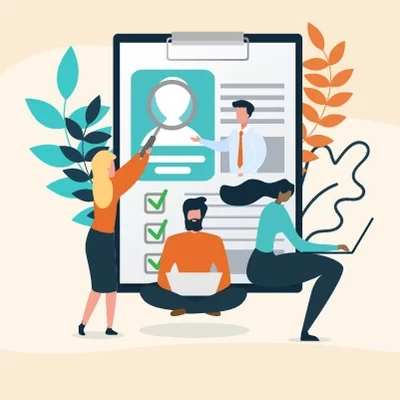
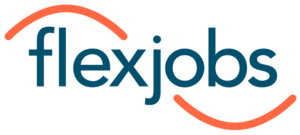
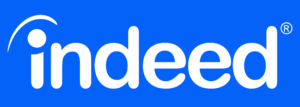
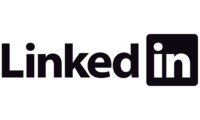
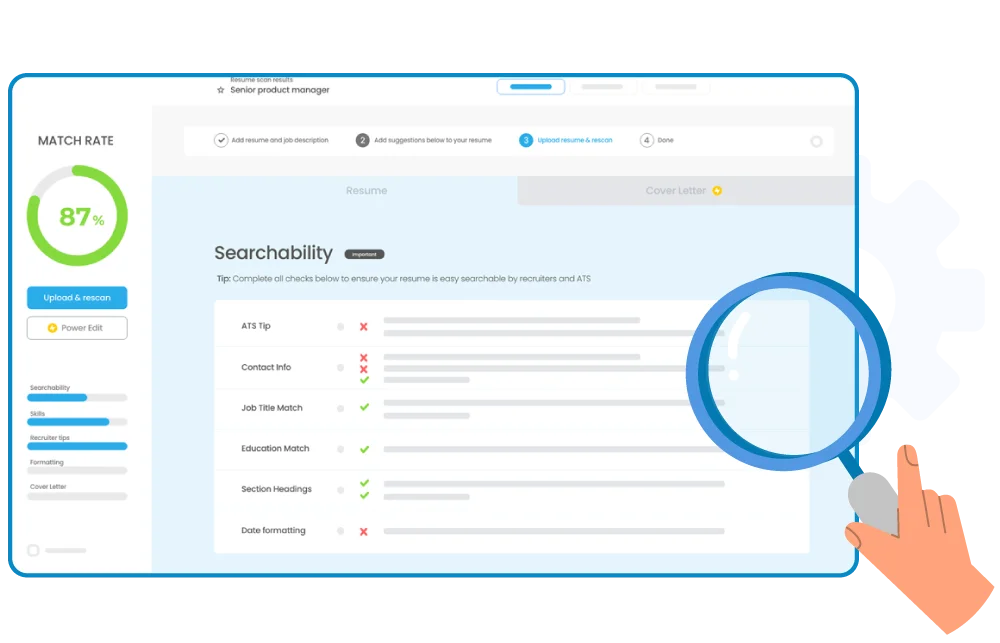



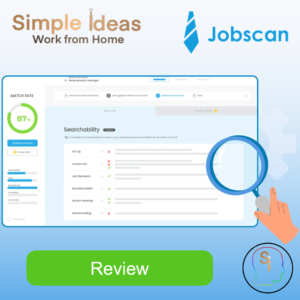

























































 Braceability
Braceability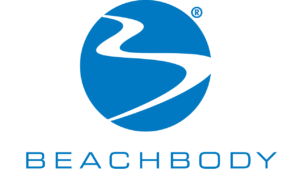
 Yoga Download
Yoga Download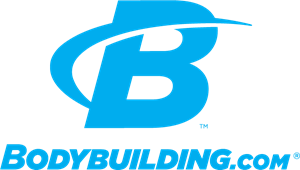
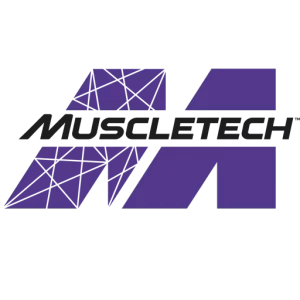
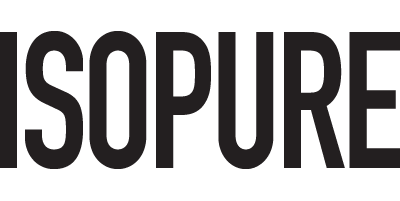
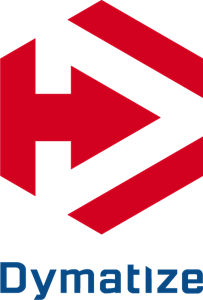





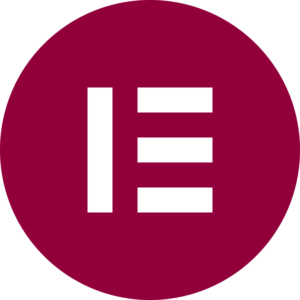

 ShipBob:
ShipBob:

 Sihoo
Sihoo


